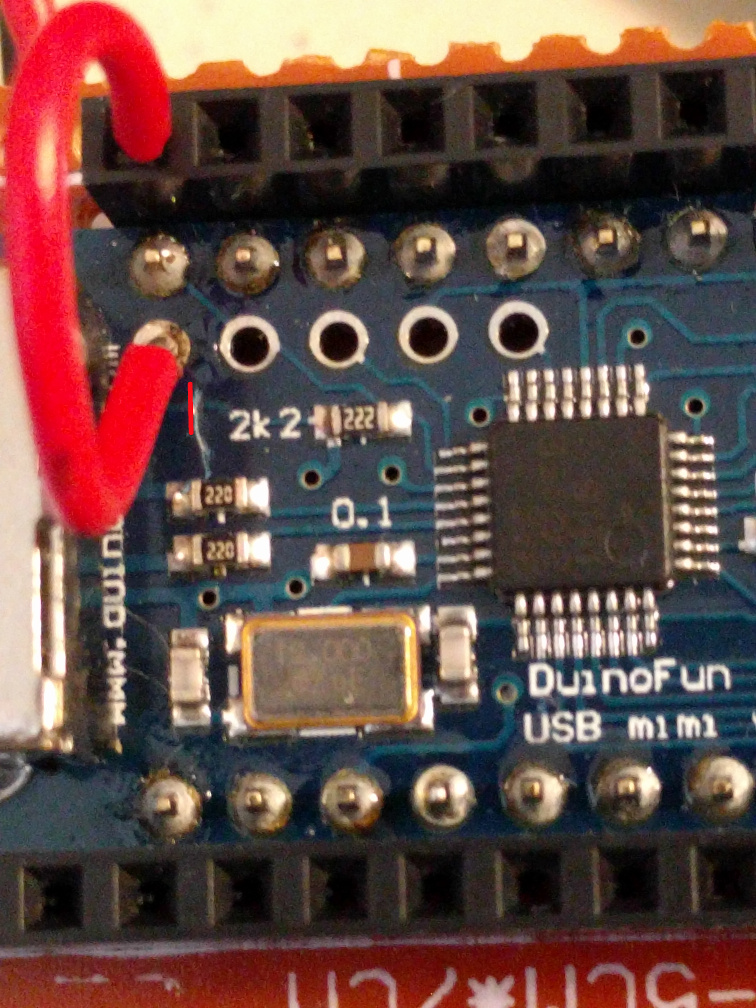

Be sure to understand the specific power requirements of any shields before using them with Misty's backpack. Important: Arduino Uno shields that require 5v must pull power from Misty's USB port or another external power source, and require a logic level converter between any input/output (I/O) lines shared with Misty's backpack. It has a similar pinout to the Arduino Uno, and is compatible with most 3.3v-compatible Uno Shields. The Misty backpack has Arduino-compatible headers. For more information about the function of each pin, see the Input and Output section of the documentation for the Arduino Uno. With the exception of the difference in voltage, the pinout for this board is the same as the pinout for the Arduino Uno. You can use the digital pins on the Misty Backpack for Arduino for either input or output. This connector uses the Inter-integrated Circuit (I2C) communication protocol and can connect directly to any SparkFun QWIIC Sensors or Accessory Boards. Misty's backpack comes with a built-in QWIIC Connector that operates through the SDA and SCL pins on the board.

The QWIIC system makes it easy to connect SparkFun sensors and other kinds of hardware to Misty's Arduino-compatible backpack.

provides the ability to switch the default serial TX and RX pins from pins 0 and 1 (default) to pins 8 and 9.is embedded in a mount with magnets attaching the microcontroller to Misty.includes built-in pins configured to interface with Misty's UART serial port.includes a Sparkfun QWIIC connector wired to the SCL and SDA pins on the microcontroller.uses a baud rate of 9600/8-N-1 for serial data transmission.See the images in the Misty TX/RX section below for more information. Most boards arrive with the switch at D0/1 (hardware serial), but some boards may arrive with the switch at D8/9 (software serial). Important Note: If you are having trouble sending messages to Misty from your backpack, check the position of the Misty TX/RX switch.


 0 kommentar(er)
0 kommentar(er)
